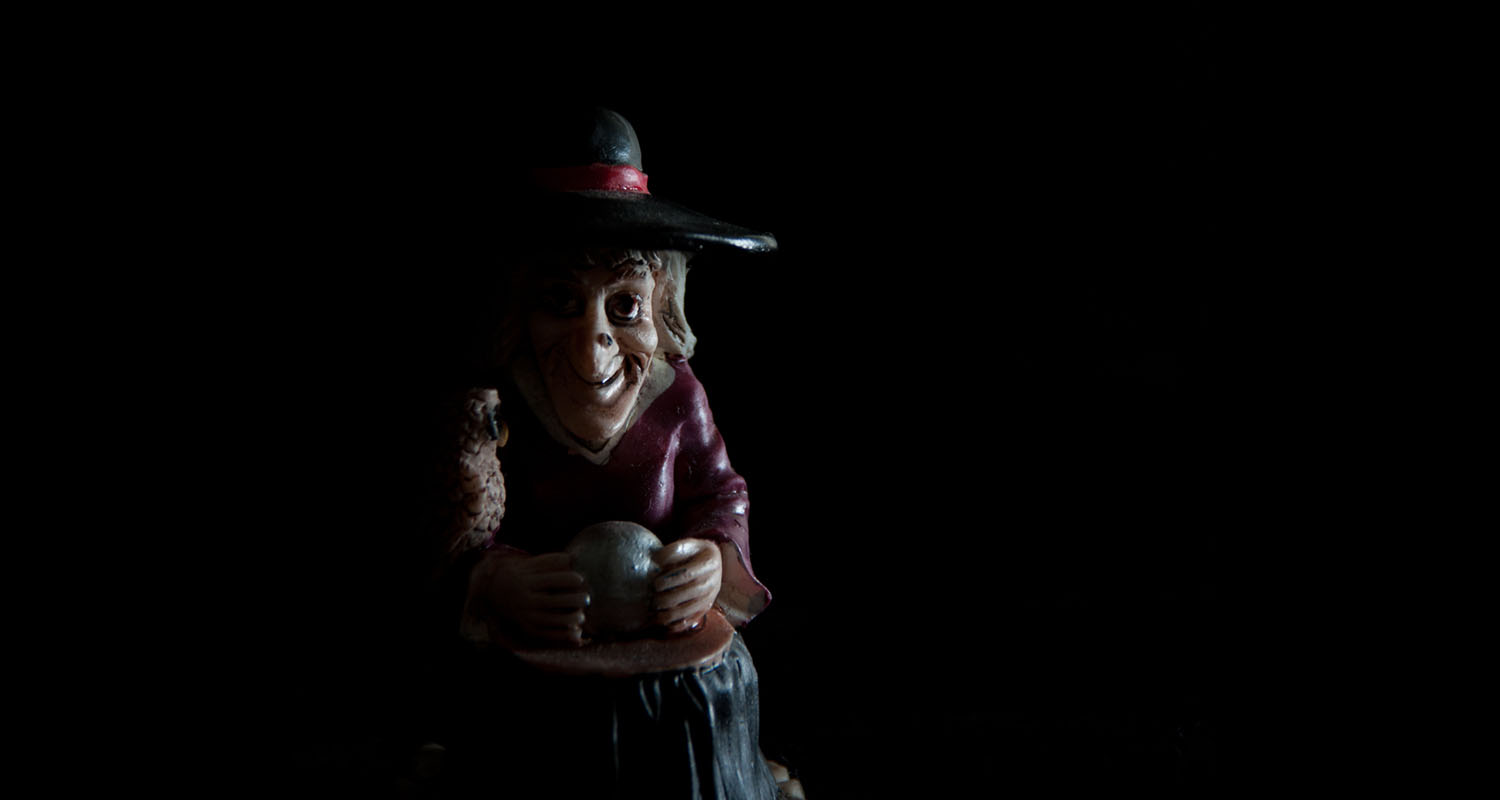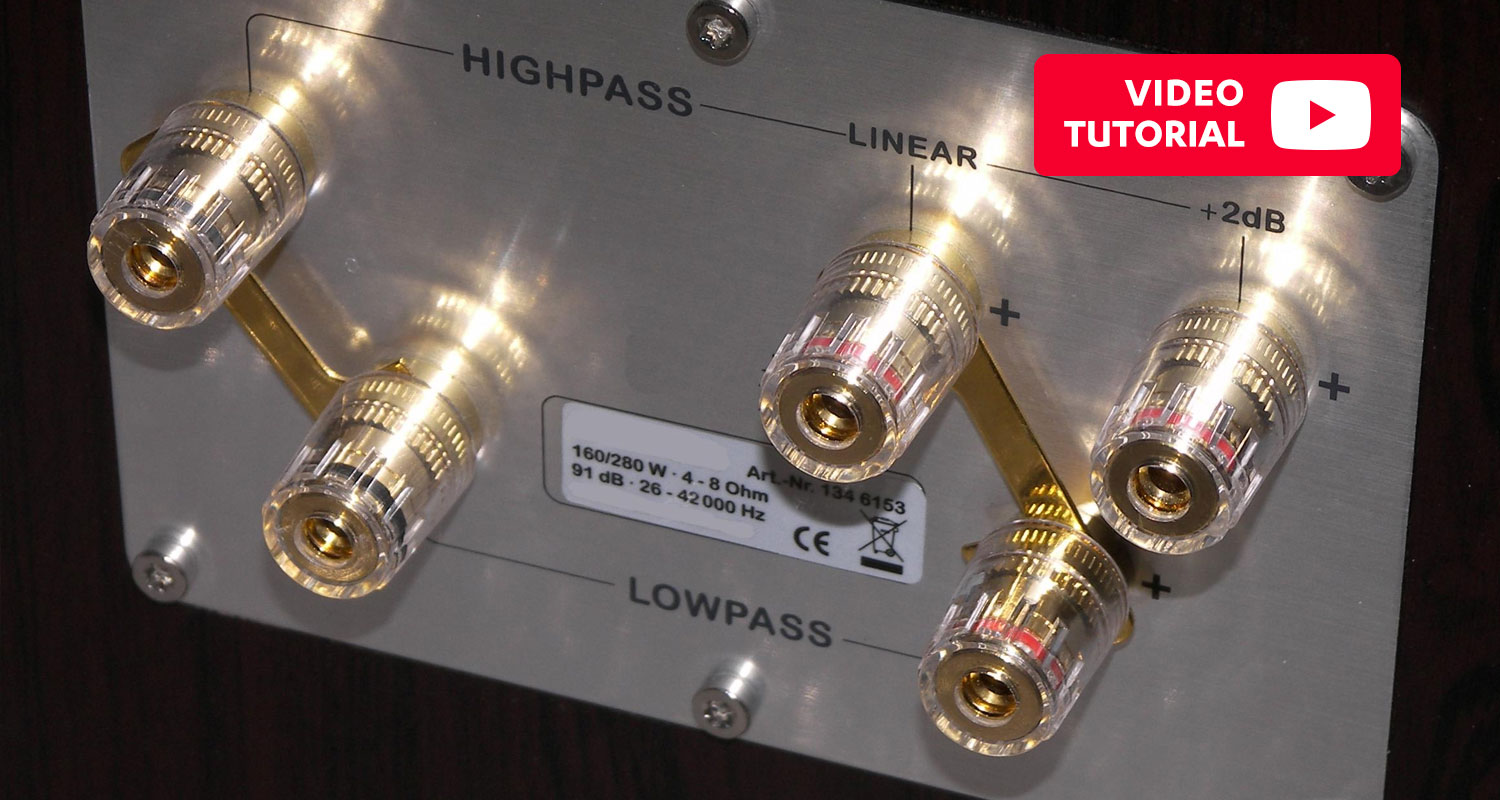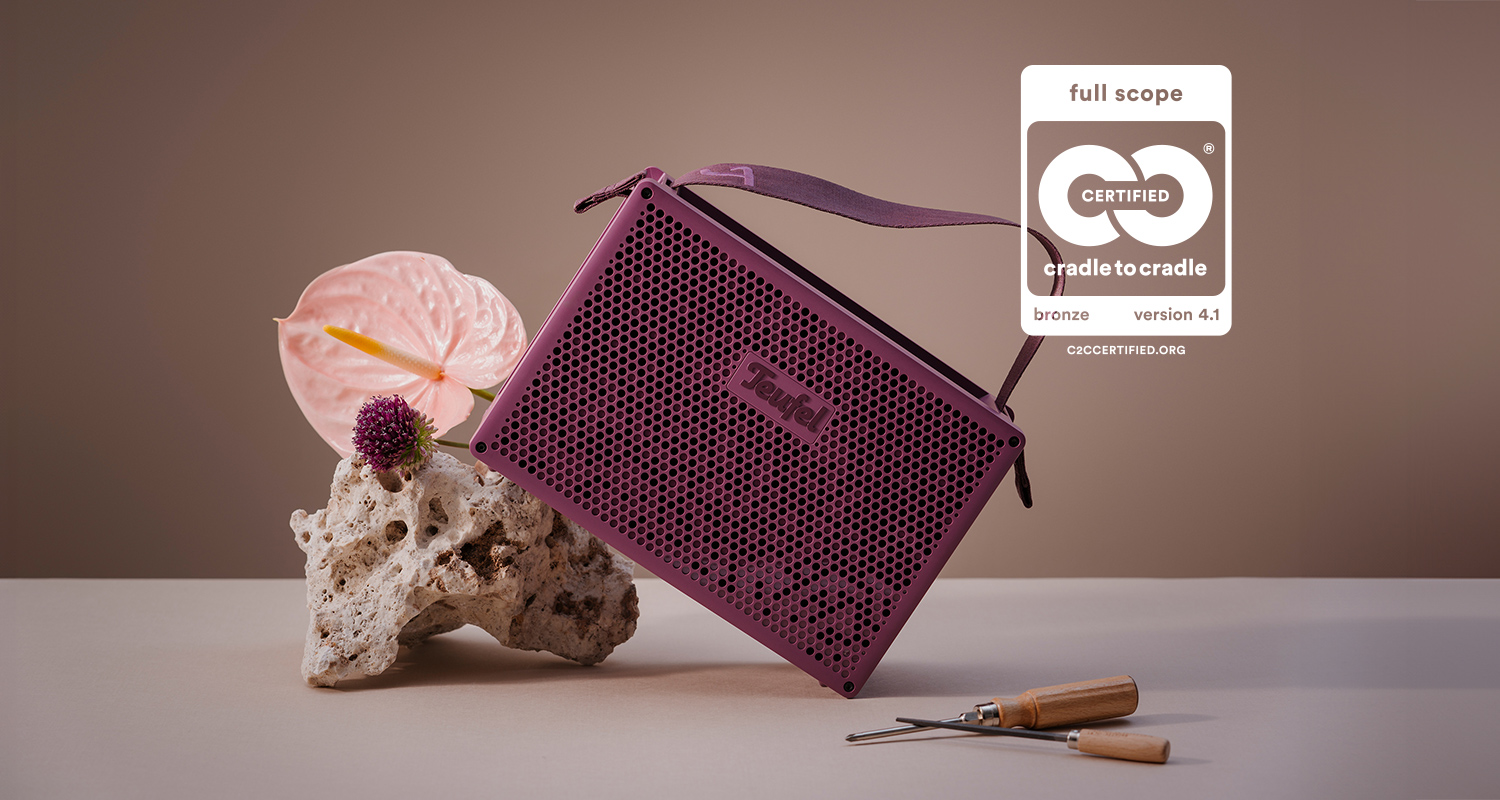Psycho 1960
Hitchcock himself admitted that “33% of the effect of Psycho was due to the music.” Odd choice of number aside, that’s quite an admission from a director famous for controlling nearly every aspect of his films. But Hitch was right: Psycho would not be the icon of ultra creepiness it is without Bernard Hermann’s soundtrack. Starting at the intro, Hermann’s anxiety-inducing composition sets the tone along with the vertical lines that slice the screen horizontally and vertically – stylish, edgy, and a visual nod to that famous shower scene.
As much as the visuals, the soundtrack guides our emotions through the story, alerting us to impending danger, creating tension and heightening our sense of terror. For instance, we know that Janet Leigh’s character Marion has done something very wrong when we hear those agitated strings from the intro kick in again as she drives away from town. A minor-major seventh chord played in series of staccato eighth notes is the perfect musical expression of Marion’s – and our – anxiety. Sure, she seemed a bit nervous before, but the music lets us know that she’s on a no-way-back kind of journey now. Marion’s angst-filled ride is conveyed much more by the music than the monotonous stretch of highway she travels.
Read also: for more about great soundtrack composers, check out our profile on Trent Reznor
The screeching strings in the famous shower scene are even more intense, wonderfully mimicking and intensifying the fright caused by Anthony Perkins in the role of knife-wielding madman. They are also the perfect chaotic counterpoint to Janet Leigh’s scream of sheer terror, making that moment as memorable aurally as it is visually.
Halloween 1978
Infectious, maddening – director John Carpenter’s original score for this 1978 horror masterpiece is the perfect combination of hectic, jagged highs played on a piano, a steady heartbeat, a weird machine-like puttering and a low, ominous bassline. The latter was created by synthesizers and perfectly – because jarringly – compliments the anxious plinkity plinking of the piano. Interestingly, contrasting backgrounds and foregrounds is a unique and effective characteristic of the movie’s visual effects. We peer through a window frightened, but still safe, at something untoward going on at a neighbor’s house. The combination of high and fast piano notes like a racing mind and the low, unstoppable bass masterfully underscores this visual effect. And simple as the theme sounds, the 5/4 rhythm of the piano is actually quite sophisticated and lends the soundtrack its madly driven quality. It comes perhaps as no surprise that John Carpenter cited Bernard Hermann, that master of nerve jangling sound, as an influence on this soundtrack.
Another neat trick Carpenter employs is to have the boogey man, Michael Myers, wear a creepy mask; and again, this has both a visual and aural effect. The mask makes Myer’s face white and utterly expressionless when glimpsed while causing his breath to be muffled and intensified for a sound that is not altogether human. Like the strange, mechanical ticking that relentlessly sounds in the background of the soundtrack, we are being pursued by something unstoppable and inhuman. In fact, we hear Myers in the mask much more than we see him, giving the monster an uncanny feeling of proximity to the viewer.
Finally, Jamie Lee Curtis proves that she’s inherited her mother Janet Leigh’s vocal cords with some blood curdling screaming of her own. It’s the sound of utterly unbridled terror that has earned her a place at the top of just about every online “Scream Queen” list.
Carnival of Souls 1962
Following in the vein of John Carpenter, who used sound to bolster the effect of his low budget horror film Halloween, Carnival of Souls was shot for a mere $33,000, and back in 1962 that still wasn’t much money. Not able to afford great locations, costume designs, or special effects, producer and director Herk Harvey wisely focused on atmospherics, most notably sound – and its absence.
The protagonist, Mary Henry, is a church organist who, in one memorable scene, transforms a traditional hymn into pure musical blasphemy, picking up the simple melodies of a carnival calliope as she goes and elaborating the them into a complex trance of a song with ever more dissonance to the minister’s outraged cries of “Profane! Sacrilege!” The use of a pipe organ for this effect is not accidental: up until the invention of synthesizers, there was no other instrument that could simultaneously produce such high and low tones. Pipe organs also have the ability to erratically change pitch and timbre which goes a long way towards explaining why it features in so many horror films from Vincent Price’s The Abominable Dr. Phibes to Phantom of the Opera. As we’ve seen, the combination of rumbling lows and frantic high notes is a hallmark of horror music and what makes Bach’s Toccata and Fugue, composed for and usually played on a pipe organ, a musical staple for haunted houses everywhere.
At the end of Carnival of Souls, we ask ourselves what hell sounds like: a crazed pipe organ concert, or is it perhaps the complete absence of sound? You decide.
Ju-on (The Grudge) 2002
Ju-on teaches us that we can hear evil approach if we listen closely. The first sign is the car radio going on the blink at the very beginning of the film. Unlike traditional horror movies where evil only lurks in old, historic buildings, ghosts and ghouls in Ju-on have a high affinity for technology, infesting everything from sound equipment to mobile phones. But the primordial element is also represented, most notably in that horrid throat croaking sound, but there’s a truly wide range of mundane noises that manage to sound incredibly dark in this film from the yucky suction noise on the car windshield, ominously dripping water (Who knew water could sound so diabolical?!), and what’s that thumping sound? In short, evil is everywhere. If you listen very closely, you’ll hear it coming, but you won’t be able to get out of its way!
To grasp the scale of the impact made by this film’s sound effects, one need only google “The Grudge sound effects” for a staggering selection of ring tones and MP3 files. If you’re looking to cut down on your call volume, we recommend the croaking throat ring tone.
The Blair Witch Project 1999
Like The Grudge, we have a lot of sound equipment featuring in a movie within a movie. The Blair Witch Project purports to be pieced together from actual footage found from an amateur film crew that disappeared in the Maryland woods. Erratic camera angles and bad lighting continuously shift the action from the visual to the aural realm. As in Halloween, the sound of the heavy breathing contributes to the sense of fear as does the very realistic impression that we’re watching (and listening) something that actually occurred. The crinkle and crunch of footsteps and other ambient noises help create this intimate impression and make the terror scenes so much more intense. The final scene uses sound very effectively to lure and confuse the victims, as well as the viewer. Anyway, what’s the difference?
The Haunting 1963
There may not be a better example of a movie relying on sound rather than visuals to scare the bejesus out of you than this Robert Wise classic. The unworldly booming produced by Hill House will have you reaching your mother’s hand-crocheted afghan and peering through the holes, only they won’t stop the sound – boom, Boom, BOOM! Nothing can stop the sound! It will find you! Although the film was not well received at the time, its sheer atmospherics – much of them cleverly produced by the soundtrack – have since earned it a cult status among a new generation of admiring viewers. The Guardian ranked The Haunting as the 13th best horror film of all time. Considering the category, that’s almost better than number one status!
Remember: No matter how amazing the soundtrack, you’ll need quality speakers to appreciate it. For the highest level of home cinema sound, we recommend THX certified speaker sets.
Title picture: By Andrés Nieto Porras from Palma de Mallorca, España (The Blair Witch Project) [CC BY-SA 2.0 (http://creativecommons.org/licenses/by-sa/2.0)], via Wikimedia Commons/p>





Leave a Reply